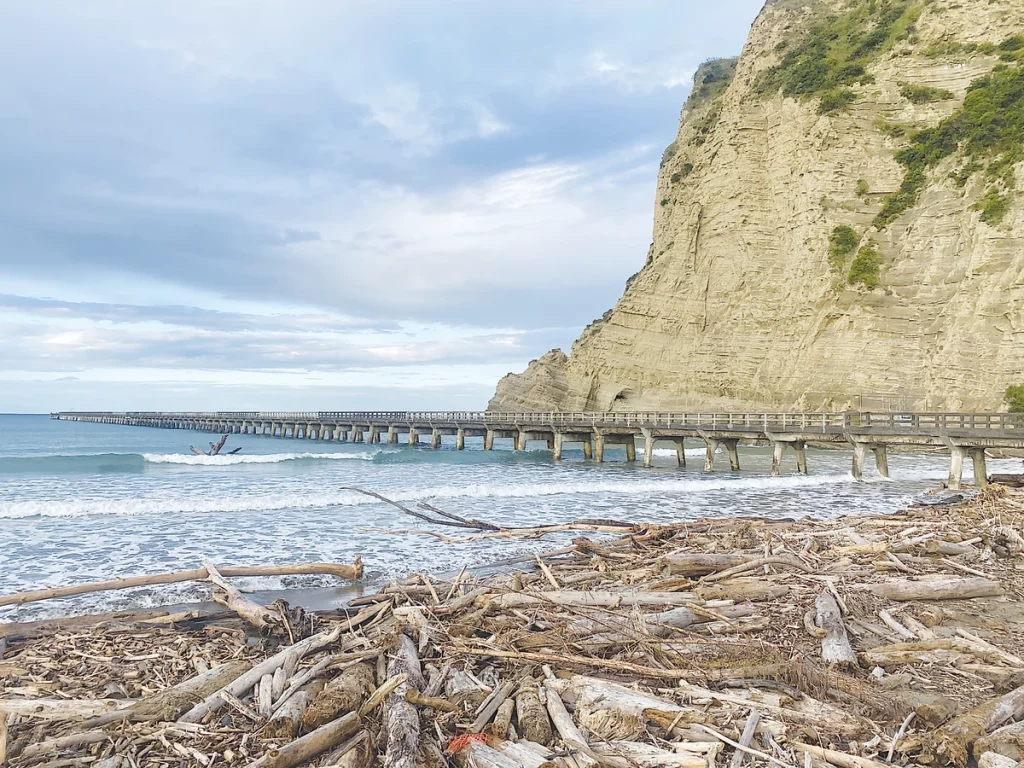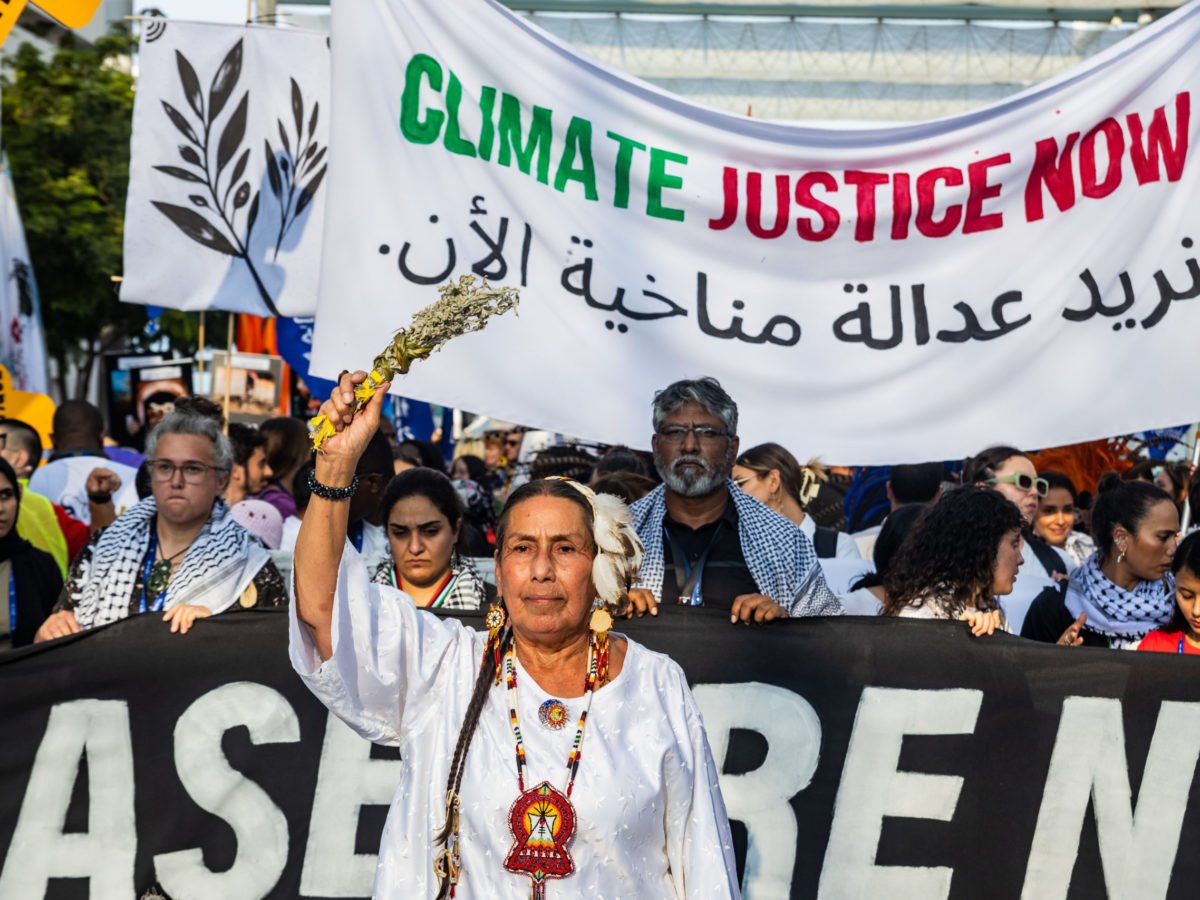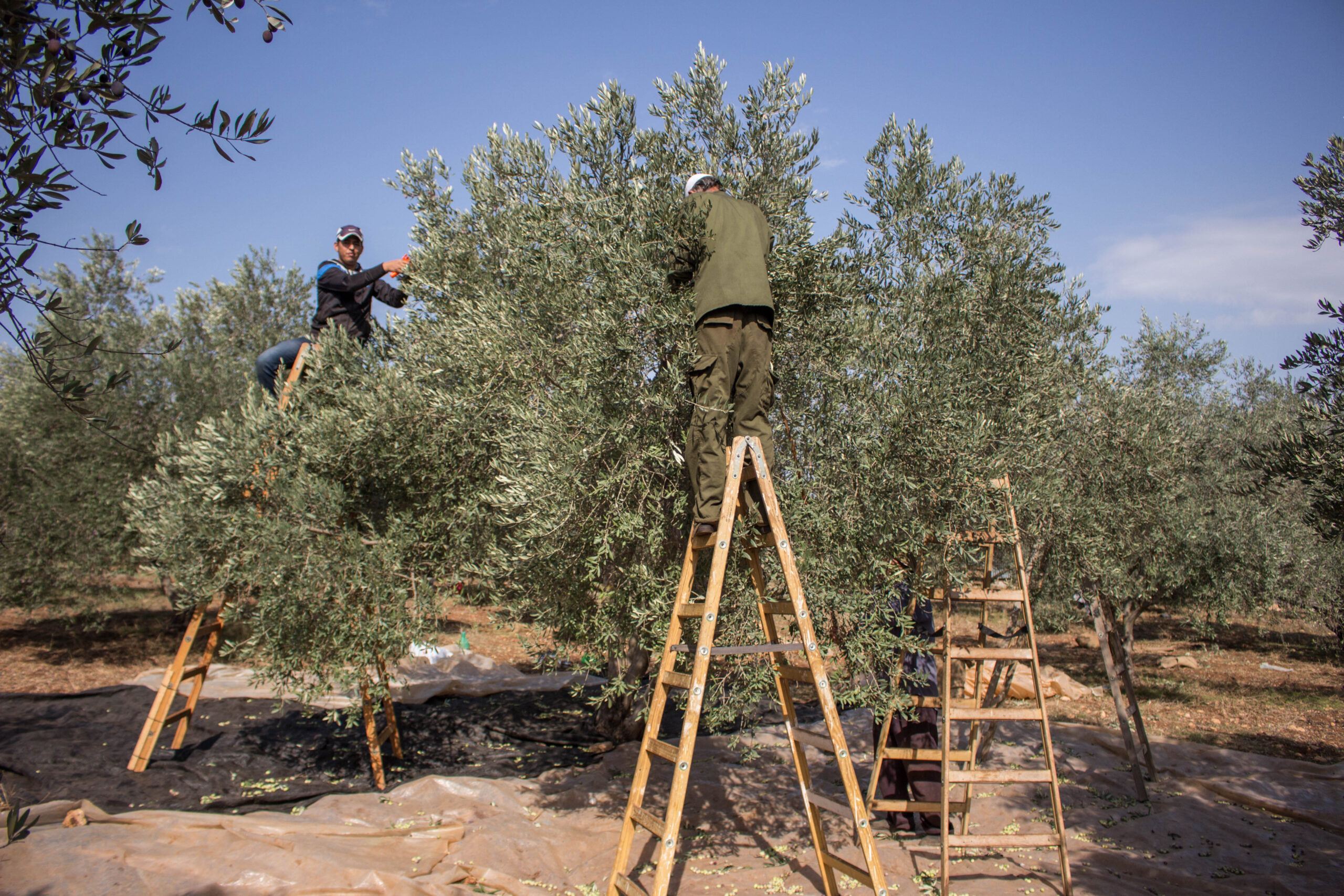Ehara toku tu he tu ka neke, a, ko toku mana ki Hikurangi, ehara nana te nuku. Ehara toku kaha he kaha naku noa, ko toku kaha ki Waiapu, nana te kaha. Ehara ahau noa, ko Ngati Porou kei te mihi.
I stand unmoving, as my mana is at Hikurangi, he does not move. My strength is not my own, my strength is at Waiapu, theirs is the strength. It is not just me, it is Ngati Porou greeting you.
From Potikirua to Te Toka a Taiau in the channel of the Turanga River are the boundaries of Ngati Porou. The mighty Waiapu, a river highway in the long past connecting the width of my tribe.
Such impressive characters as the paramount chief Porourangi, the great land-strider Tamatea-Pokai-Whenua, the whale-rider Paikea, and the trickster Maui, whose waka Nukutaimemeha is petrified at the peak of mighty Hikurangi, have all travelled and lived across this land.
The first meeting of Māori and English occurred in this region, where the sun’s rays dance on the water, where the land meets the sea. Te Tairawhiti. The tide of the shining sun.
It is a land devastated by capitalism. Profit, farming and forestry lay the foundations for this destruction.
One of the key principles of socialism is understanding the alienation of the worker from not only the products of their work, but the resources they use, and the places in which they labour.
It isn’t normal to have people connected to sea, and to land anymore. It is unprofitable in time and resources to have people connect to not only their surroundings, but to care for it as well.
Though not subject to as large a confiscation as the Waikato, The Public Works Act and individualisation of title on the East Coast did a number on Māori and alienated many from their whenua.
To make a living, Māori had every reason to avoid destitution and poverty while often being fleeced of land when having to prove ownership in the Land Courts. The entire structure of the land courts, from where they set themselves up to how they divvied out titles, was created to steal land from Māori.
Traditional Māori land relationships were exploited.
Whakapapa is a Māori concept of intergenerational connection. Translated, it literally means “to layer.” It is the layer of relationships that interact with everyone, everyplace, and everything in a holistic sense and interconnected sense.
Whakapapa, the genealogical unifier of Māori people, was used to isolate whānau from collective tribal ownership structures and create competition for individual property titles. Its purpose as a form of connecting groups through kinships was instead used to tie particular individuals and families to the title of land, perverting its purpose.
As it was in the interest of capital to isolate Māori from their whenua, so too was it in the Local council’s interest to alienate Māori from each other. With private land ownership, the Māori whakapapa relationship to whenua that is meant to be a provider to be cared for as a taonga for generations to come, is commodified. An asset to be exploited, hoarded and ultimately depleted.
History was repeated for decades as Māori landowners, systematically denied loans to develop their lands, could only offer to rent or sell them to farmers and forest magnates eager to rip the land up with little care for the people or the whenua.
This environmental disaster found its root cause in these wasteful principles of profit over people.
‘The Side Eye: Deeper Roots’, an article from The Spinoff, highlights the root causes. Māori peoples had occupied the land for many centuries, cultivating the lower plains and seasonally harvesting wood from the many hills for construction and carving waka.
“In the 1800’s most of the land was acquired by the Crown and Pakeha settlers. Colonisation meant the scale of industry in the area increased dramatically: huge areas were cleared for sheep farming.”
Many whānau could not afford to leave their hillsides forested, and farming expanded unabated. Ghost towns such as Waipiro, Tokomaru, and Te Araroa who once boasted populations of thousands with thriving farming exports crashed with the post-war urban migrations and collapse of dairy industries.
Farming academies and Native schools, designed to assimilate Māori and shaped many into farmhands, labourers and housemaids, did little to prepare Māori workers for their workplaces disappearing overnight.
While poverty grew, Te Tairawhiti’s soft sandy soil suffered from severe erosion, and within a century from the earliest sheep farms, erosion had drawn the concern of hapu across the region and Wellington in the 1950’s.
The Spinoff continues, “The hills were slipping out to sea. It was clear they had to be reforested.” Radiata Pine and native growth was debated.
Where Pine was fast maturing, the roots were also shallow, and the trees would die within a century.
Native growth, though taking longer to mature, would in the long term have deeper roots to buffer the sliding hills, more biodiversity, and the regeneration of native birdlife. That trees such as Kahikatea, Manuka, and Pohutukawa had the potential to live for centuries would have also been considered.
The Government chose pine, and landowners followed suit.
By the 1980’s with the zeitgeist leaning towards private solutions to every problem with Rogernomics and neo-liberal policy, saw the mature pine forests sold off and leased out to private forestry with no stake in the health of the whenua, the long-term consequences of these get-rich-quick schemes.
The Ngati Porou Chief Mokena Kohere of Te whānau a Rerewa a prophetically said, “He niho ta te moni.” Money has teeth. Bite it did.
With forestry companies chopping down swathes of already eroding land, a vicious cycle of runaway erosion accelerated. Twisting streams and carving new gullies as hillsides collapsed into rivers, sediments polluting the ancestral waters of the East Coast.
Cyclone Bola in 1988 was a harbinger of future devastation as slash pummelled rivers, bridges, and development in the plains. Yet still, short-termism and the very real need to put kai on the table saw an expansion of the feedback loop as more and more land was given up to forestry and more hillsides crumbled to the seas.
Both Cyclone Hale and Cyclone Gabrielle further exposed the rot across Te Tairawhiti and into Ahuriri in the Hawke’s Bay region. Crisis preparedness took a back seat to just-in-time economic concerns. Long term issues being put on the back burner until they become immediate catastrophic failures.
Both cyclones’ forewarning of a broken land if nothing is done. Profit driven climate change pushes the costs onto those who can’t pay.
The Outrage to Optimism report conducted in the wake of Gabrielle asserted, “We heard from experts that the situation is perilous – the time to act is now. In their estimation we have 5 – 10 years to turn this environmental disaster around. To urgently reset the future of Ngati Porou, and the whole of Tairawhiti.” As one of the poorest regions in the country, a response at every level is needed to save our cultural history and the land itself.
The report emphasises that the land and the people are the same. One interconnected entity.
Ngati Porou’s indigenous character is entirely at risk and the burden of suffering and combating climate change will be carried by the hunga kaimahi, the working class.
As the cliff side urupa crumbles to the sea, so too does the social connections spanning across centuries of occupation. Dialectically, as we shape the land it too shapes us. As we harm the Earth, vice versa. The working class must move towards recognising these hononga tangata, and hononga whenua. Connections of people and land.
Whakapapa cannot be lost or destroyed. We are all products of these interactive relationships. Though it is my grandparents that remember working the land, the knowledge was shared. Te Reo Māori was shared. Who I am was an outcome. From the koura pot, the Taruke, carried by my ancestors long before me, comes from their knowledge and experiences passed on by my parents, and their parents. Their relationships, the sum of the interactions of their lives with not only land, but their mahi, their labour and other people.
Understanding these relationships and analyses in the past, are key to understanding how to change relationships with the land now. One that must change is the understanding of class, community, and consequences for Te Tairawhiti.









